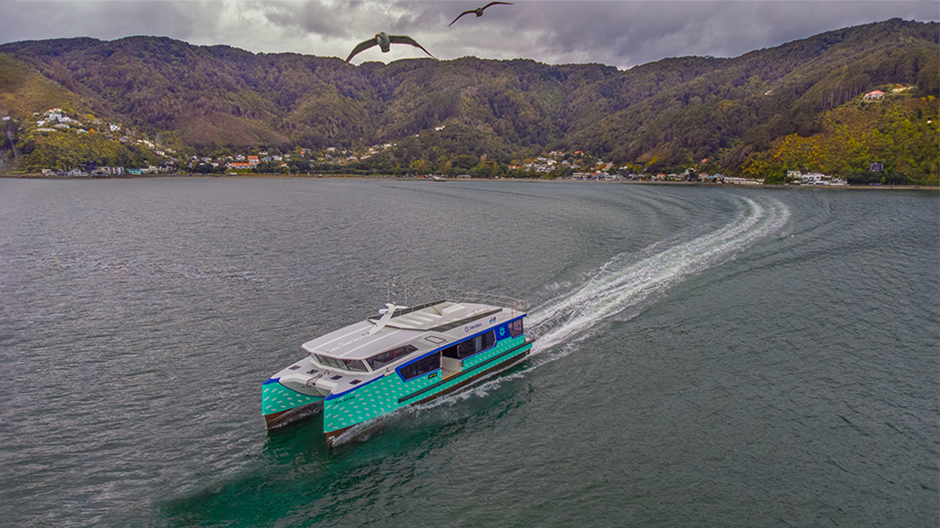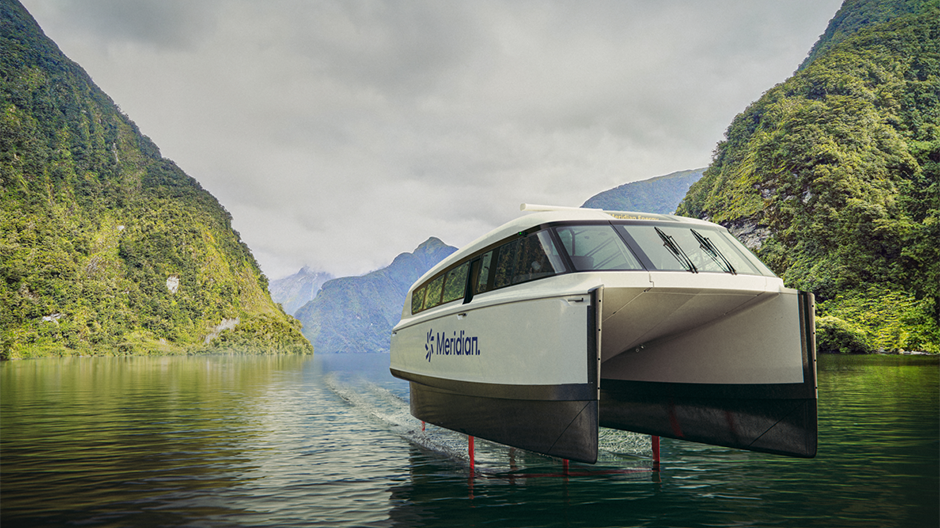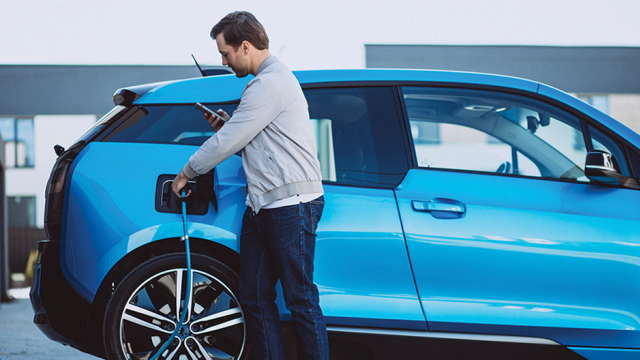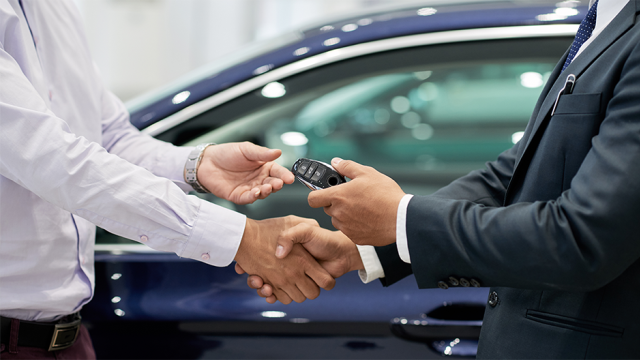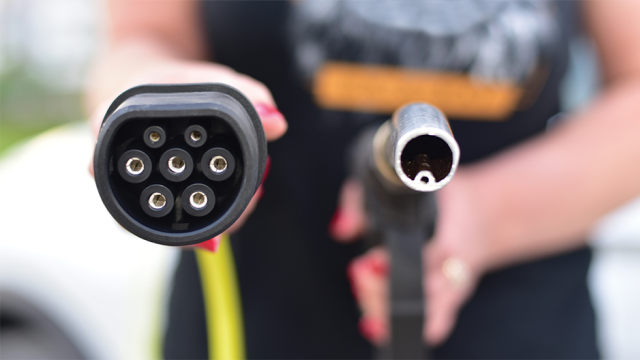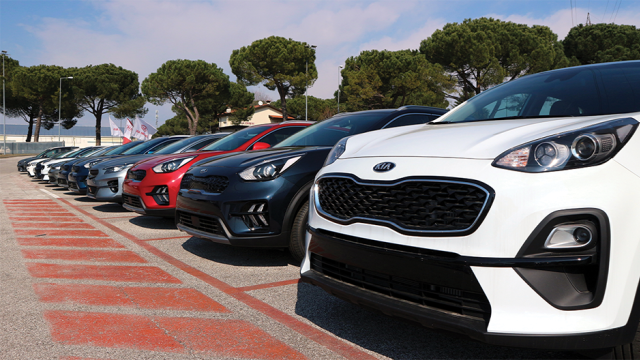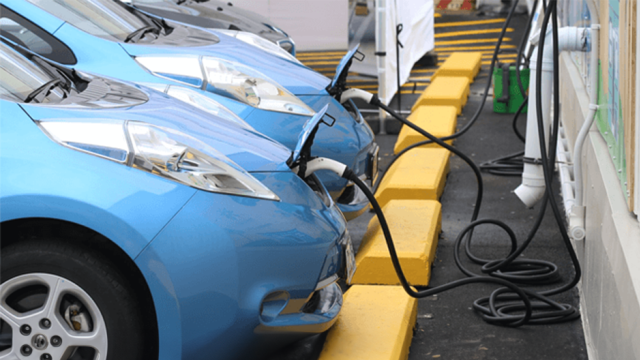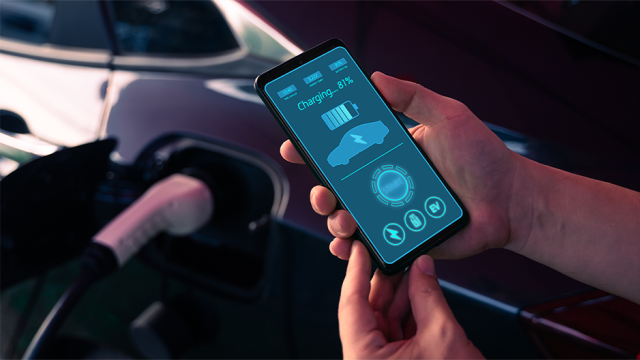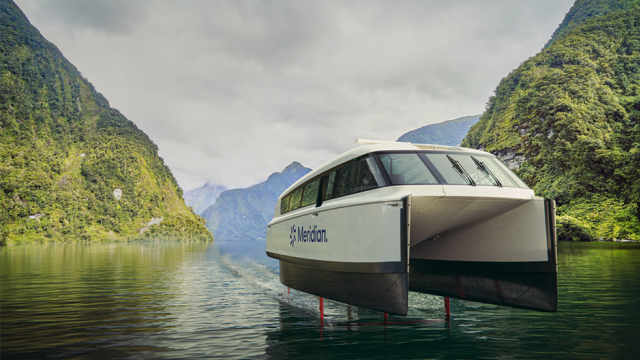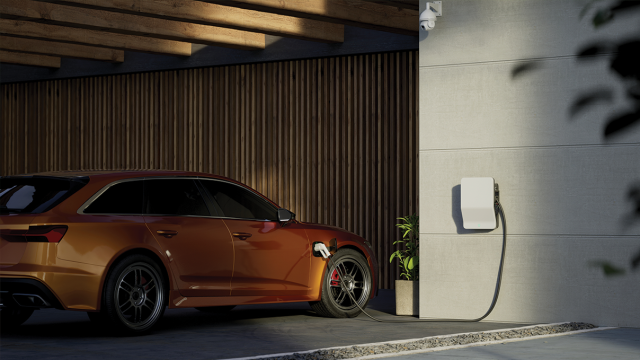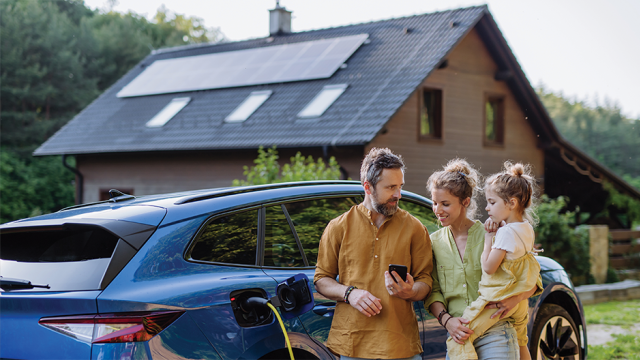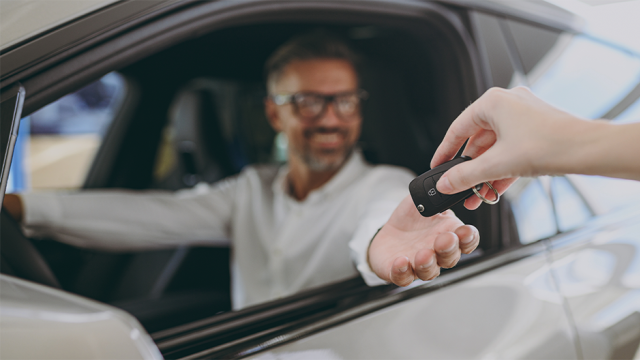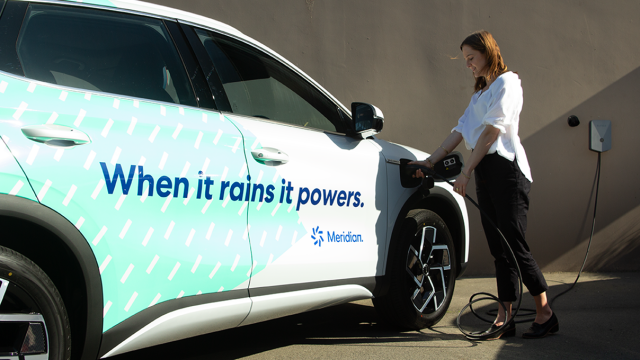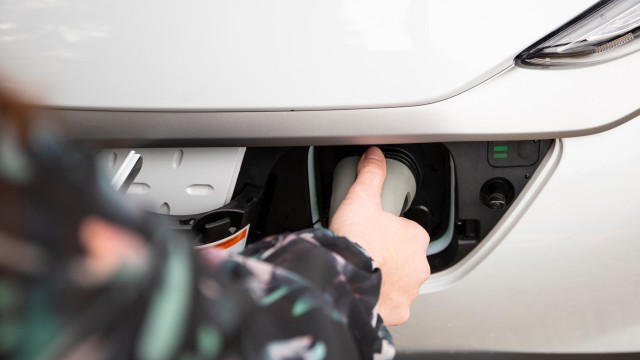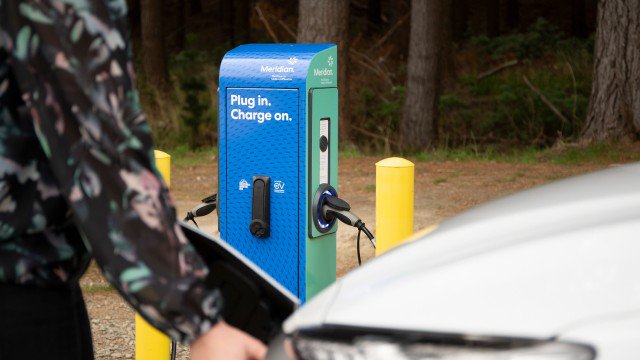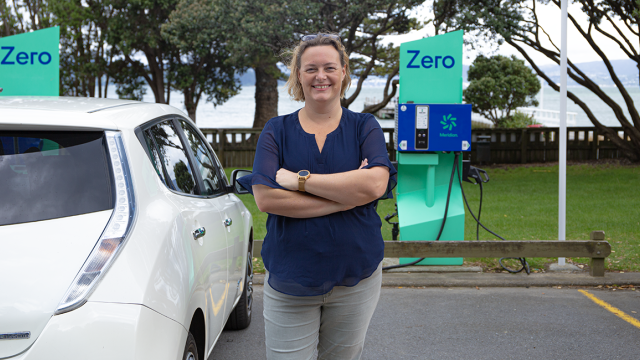It’s pretty obvious that the world needs to reduce its emissions, fast. We’re doing our bit by only generating electricity from 100% renewable sources, but we know that the buck doesn’t stop there. The electrification of transport is one of the biggest ways that our country can help combat climate change.
That’s why, at Meridian, we’re committed to demonstrating our support of low emissions transport on the roads and in our waterways, Together with East by West and the introduction of the world’s first electric hydro-foiling ferry, we are pushing the boundaries of innovation and sustainability—and we think that’s pretty cool.
